Georgios I. Papadimitriou, P. A. Tsimoulas, Mohammed S. Obaidat, Andreas S. Pomportsis0470851082, 9780470851081, 9780470862421
This book extensively covers an important research area in optical networking, enabling readers to fully understand the concepts of optical LANs and learn details of architecture issues and control protocols. Through its careful focus on the local area, the book, covers the major architectural, topological and protocol issues regarding optical Local Area Networks (LANs) today. Considering that constant advances on optical component technology make all-optical WDM LANs all the more feasible for a wide commercial deployment, the book investigates thoroughly the crucial latter topic, i.e. the Media-Access Control (MAC) protocols that should be used. Besides introducing a noteworthy part of the vast literature on such protocols and providing some helpful distinguishing key protocol characteristics, the book is also innovative in focusing on a recent significant class of promising protocols whose operation is based on network feedback information. In this way, these adaptive protocols for optical LANs achieve an overall higher performance in comparison with many other non-adaptive schemes.
Multiwavelength Optical LANs : Enables readers to understand the concepts of optical LANs and learn details of architecture issues and control protocols Focuses on the major architectural, topological and protocol issues regarding optical local area networks Presents the important class of adaptive protocols for optical LANs
No Optical systems/network developers, or engineers and scientists working in optical networking should be without this book. The well considered approach also makes this recommended reading for undergraduate and graduate computer science, computer, electrical and telecommunications engineering students.
Table of contents :
Multiwavelength Optical LANs……Page 3
Contents……Page 9
Preface……Page 11
Acknowledgements……Page 15
1 Introduction……Page 17
1.1 Advantages of Optical Fibre as a Transmission Medium……Page 21
1.2 Basic Multiplexing Techniques……Page 23
1.3 Evolution of Optical Networking—Major Technological Milestones……Page 28
1.4 First Generation Optical Networks……Page 31
1.5 Second Generation Optical Networks—Main Classes……Page 37
1.6 A Closer Look At WDM Broadcast-and-Select Local Area Networks……Page 75
Notes……Page 87
References……Page 89
2 Enabling Technologies……Page 93
2.1 Introduction……Page 94
2.2 Classes of Optical Networks……Page 97
2.3 Optical Network Components……Page 101
2.4 Summary……Page 138
References……Page 139
WWW Resources……Page 142
3 Medium Access Control Protocols……Page 145
3.1 Fixed-Assignment Protocols……Page 153
3.2 Random Access Protocols……Page 168
3.3 Pretransmission Coordination-Based Protocols……Page 174
Notes……Page 233
References……Page 237
4 Adaptive Protocols……Page 243
4.1 Adaptive TDMA Protocols……Page 246
4.2 Adaptive Random Access Protocols……Page 266
4.3 Adaptive Pretransmission Coordination Protocols……Page 285
4.4 Centralized Packet Filtering Protocols……Page 294
Notes……Page 319
References……Page 321
Index……Page 325
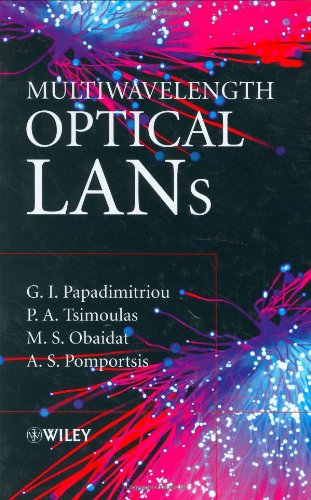
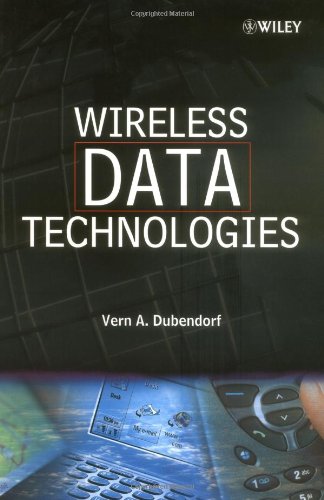
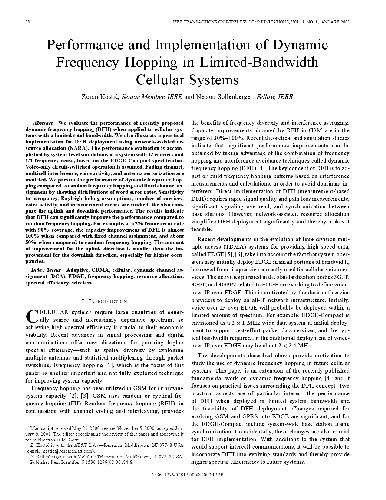


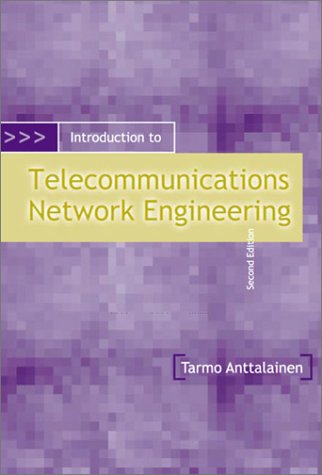
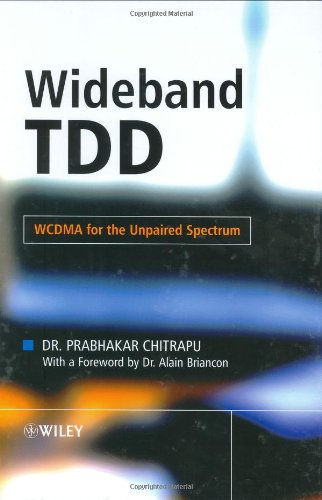
Reviews
There are no reviews yet.